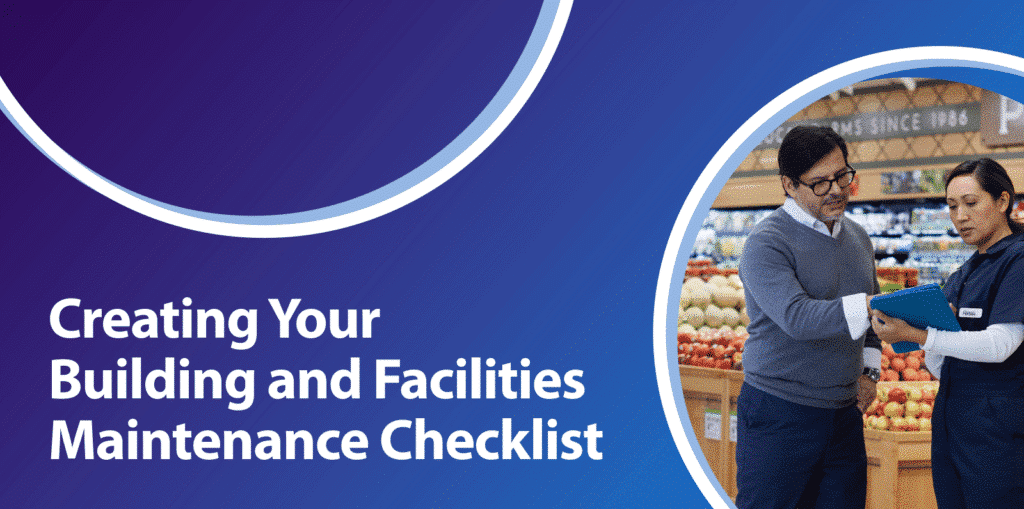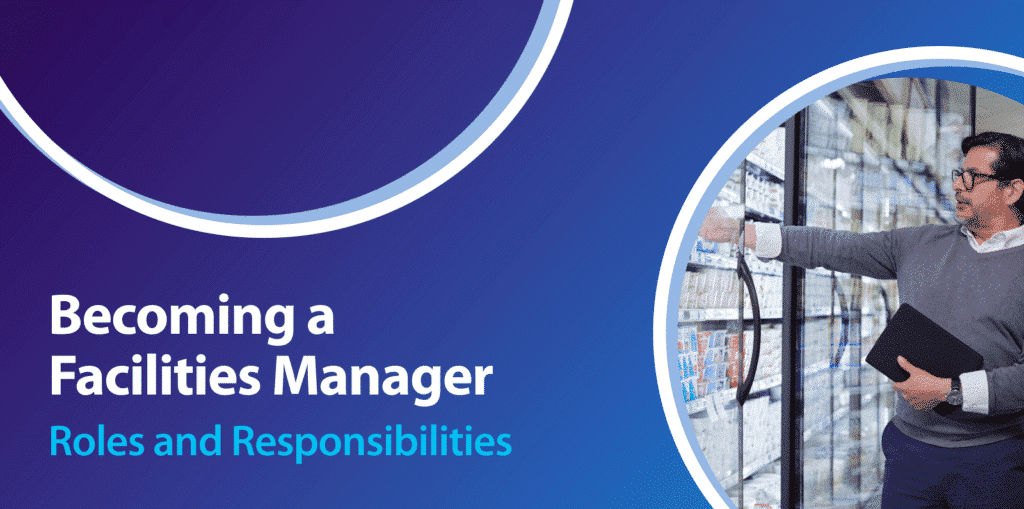Doing More With Less: The Importance of Location Data for Retail Construction

Explore how leveraging location data in retail construction optimizes resources and improves collaboration for strategic, cost-effective decisions.
It’s no secret that construction teams are increasingly faced with the challenge of “doing more with less” as businesses seek to optimize strategies and resources. But by leveraging location performance data, they can make more informed decisions that drive efficiency and deliver exceptional customer experiences.
Streamlining Collaboration
Traditionally, facilities and construction teams have operated in silos, limiting their ability to collaborate effectively. But when you put all your maintenance data on one platform, it’s easier for different teams to work together. This empowers people in construction to understand the maintenance requirements of a location after it is built. As a result, businesses can construct and remodel locations that require less maintenance, ultimately reducing costs while enhancing the customer experience.
“ServiceChannel allows businesses to create a single source of truth for all maintenance records,” shares Chuck Carroll, customer success manager at ServiceChannel. ”Once your business has data on the day-to-day maintenance and operations processes and costs, that data can easily be shared with the construction team.” Carroll explains, “Using your historical data, you can start to forecast when a location will need to be remodeled and better understand what needs to go into that location.”
More Strategic Decision-Making
Before a remodel, the construction team will typically want to know how much has been spent year-over-year on a particular location. That includes a list of what the maintenance and operations teams have replaced, such as HVAC, office equipment, cooking equipment, and refrigeration units. With centralized maintenance records, construction teams have a more complete picture, which gives them the ability to make more accurate strategic decisions.
“In the restaurant and grocery sectors, food service equipment is expensive to replace,” says Carroll. “Often, it’s not on wheels, so installation requires the construction team or a third-party contractor. With ServiceChannel, you can see what it costs to maintain each unit and decide whether it makes financial sense to replace it or not.”
Carroll drives home this point using a real-world example: “A burger chain might buy a bun toasting unit in bulk and install it in many locations. If you find out that the toaster tends to break a lot, you have the maintenance spend to fix it, plus the cost of compromised customer experience when people are served cold buns.” Carroll goes on to explain that in this case, “Construction can work with the culinary team to find a new option. But construction wouldn’t have that information if facilities didn’t provide it.”
Maximizing Appeal and Profit
Shifting demographics, sustainability demands, and supply chain headaches are forcing retail, restaurants, and grocery stores to adjust their business models to maintain market share and customer loyalty.
When the operations and construction teams meet to refine and expand on new concept designs, a clear record of pain points from the prototype helps them collaborate and find better options to avoid those same issues in other locations.
“In the front of the house, it is crucial to understand how much it costs to maintain visual standards,” says Carroll. “For example, construction might install flooring that looks great on opening day, but it may not hold up in regions that get a lot of snow or rain. With a clear record of such issues, construction teams can maximize CAPEX spend and make sure that new concepts are both appealing and profitable over the long term.”
Want to find out how ServiceChannel can help you drive efficiency and do more with less? Schedule a demo today.




